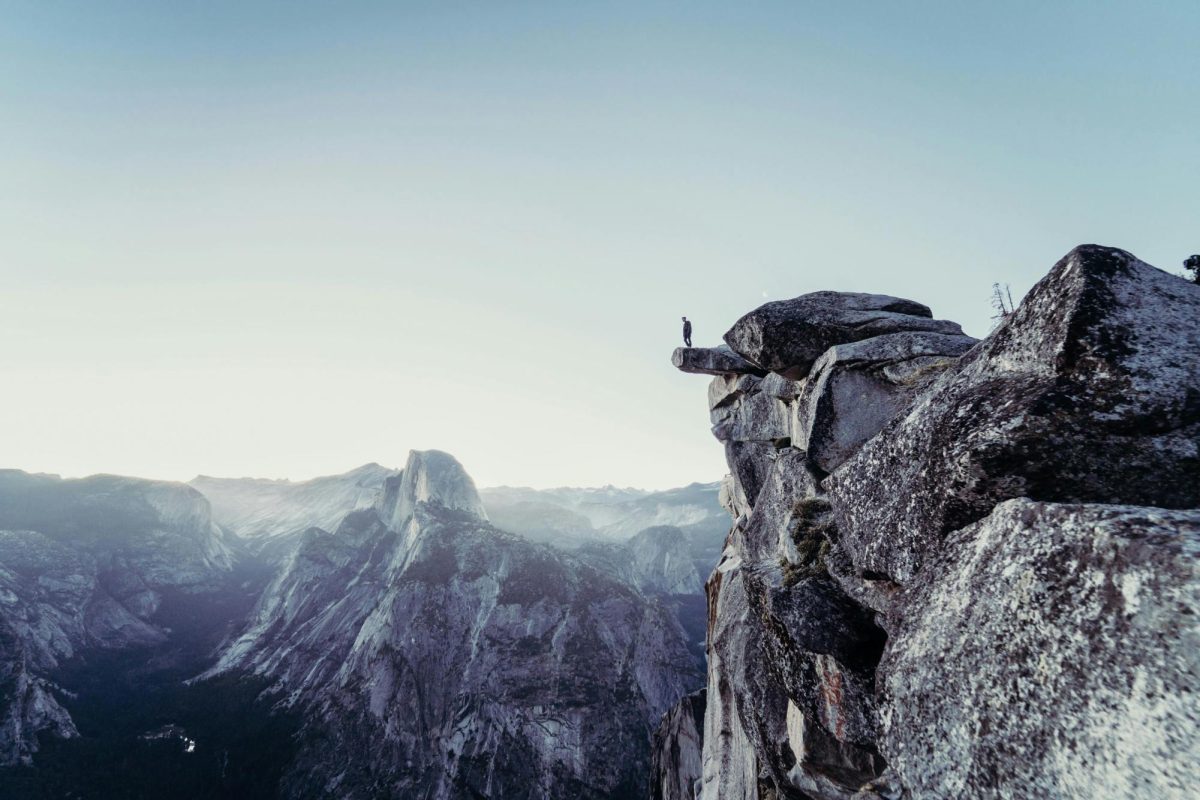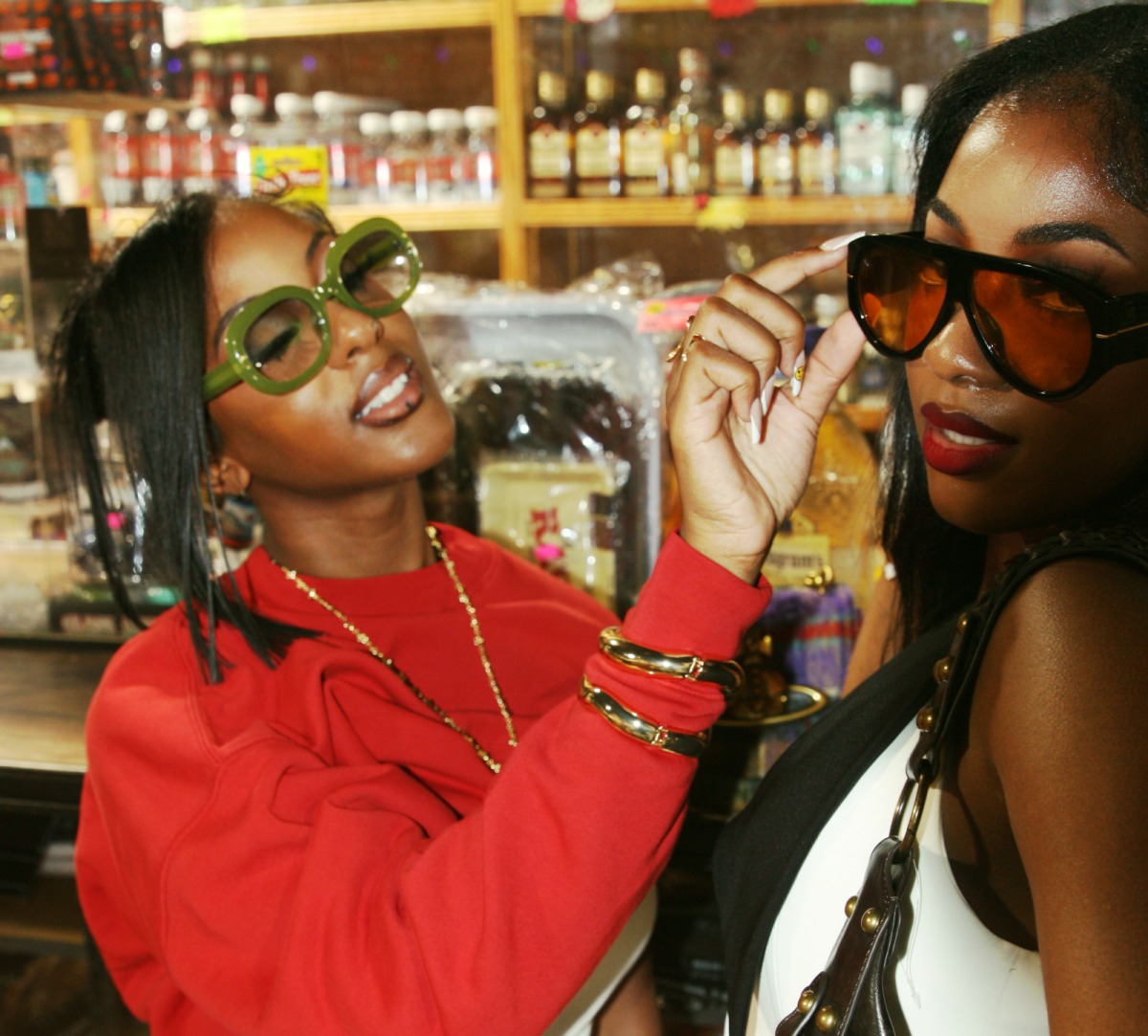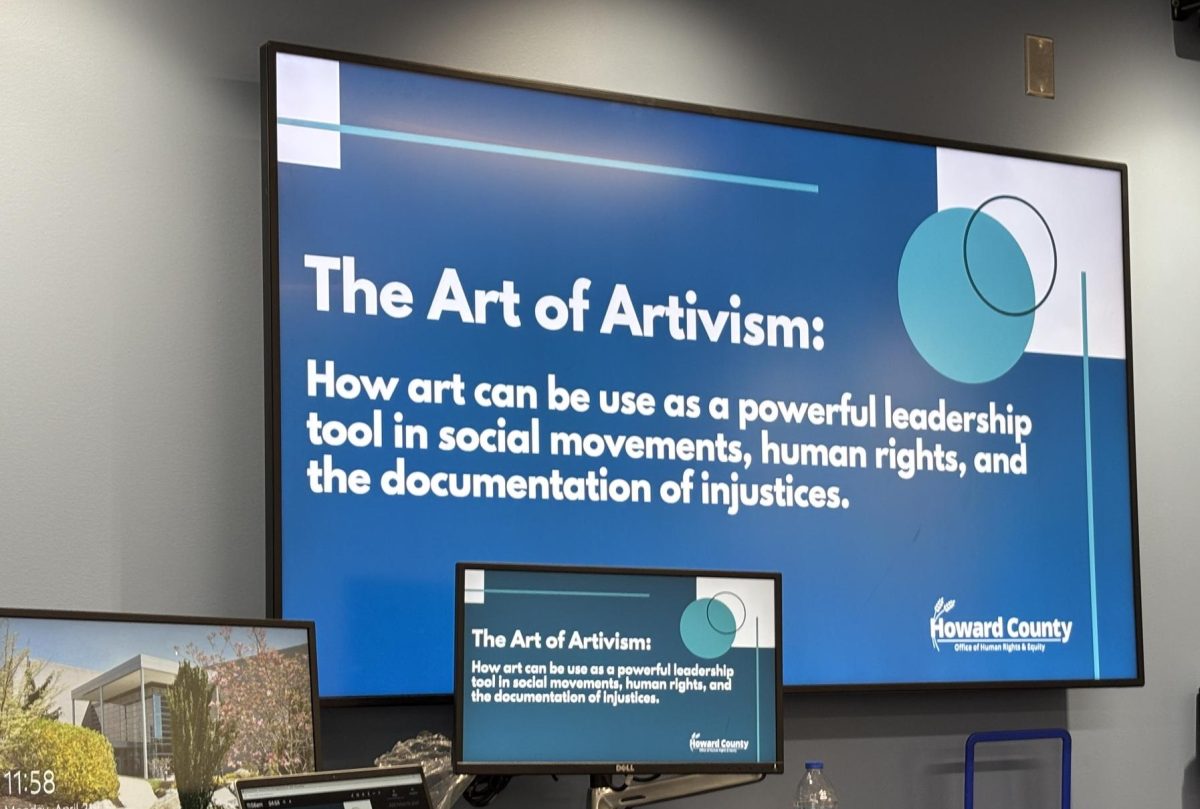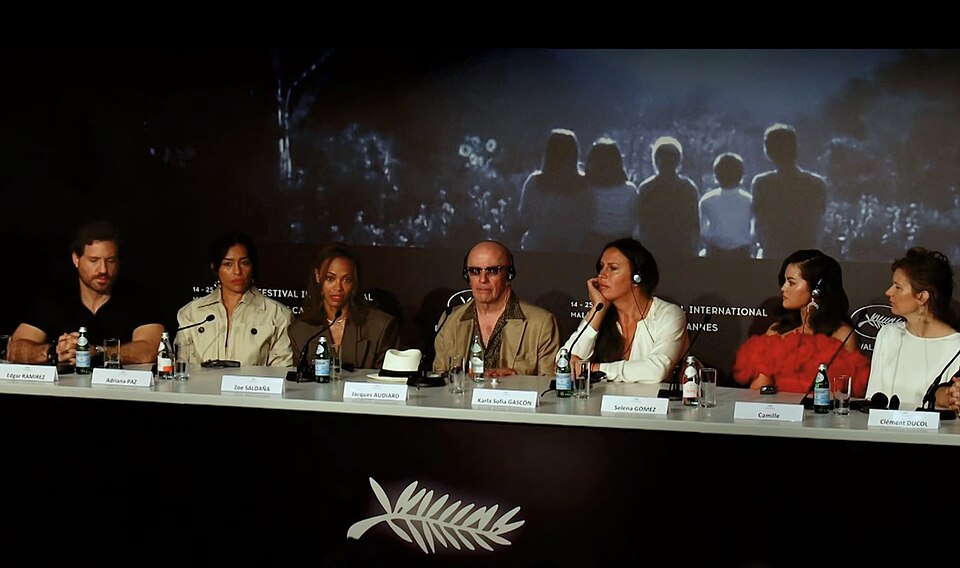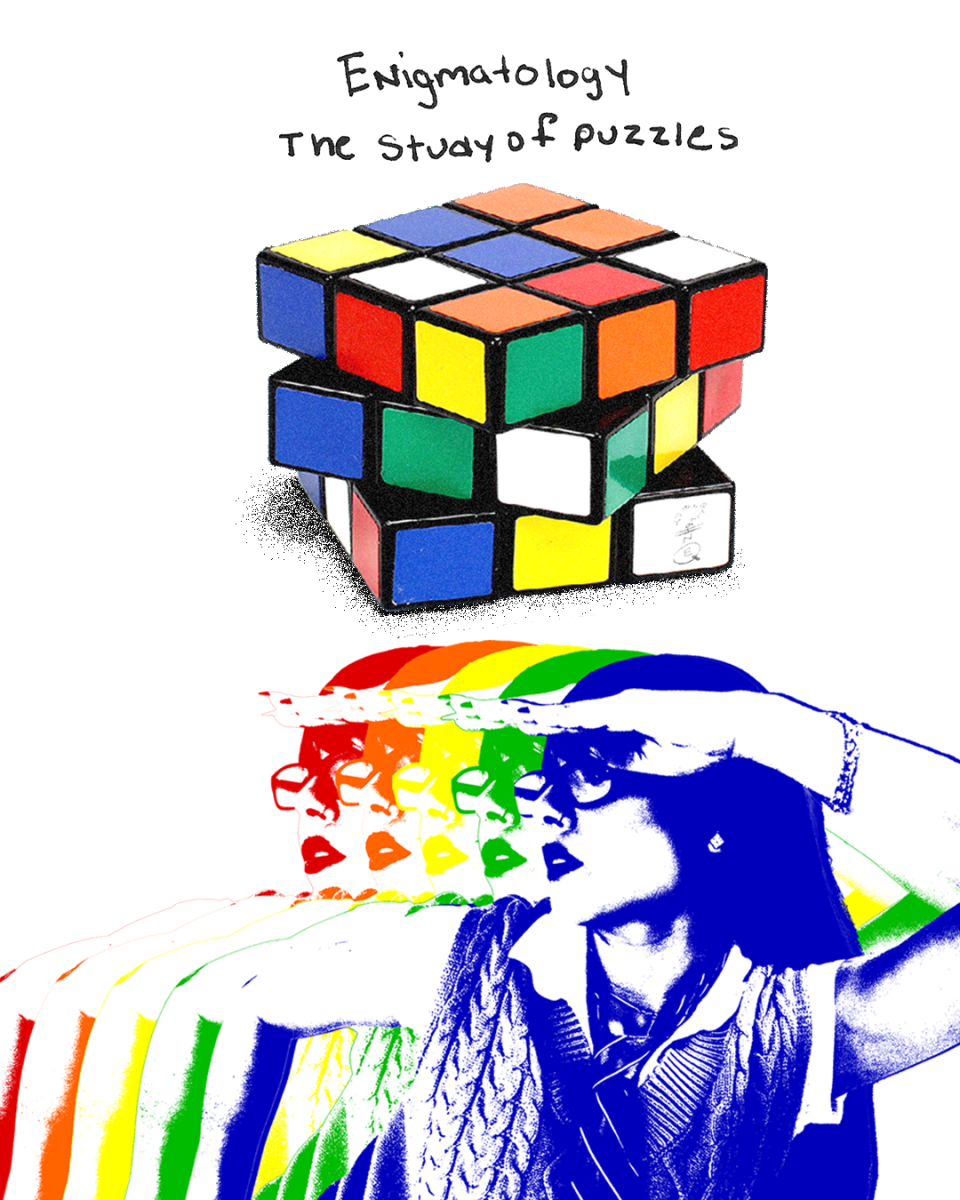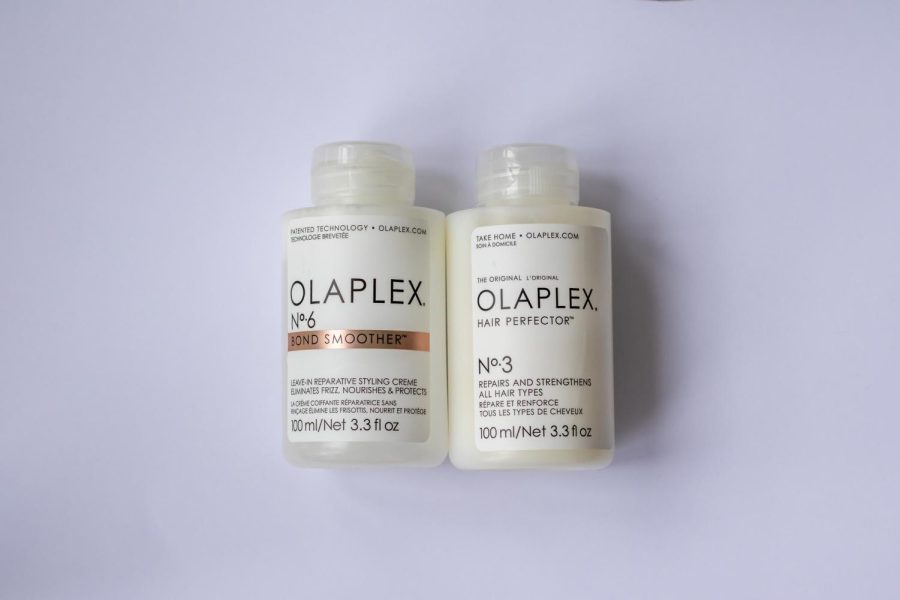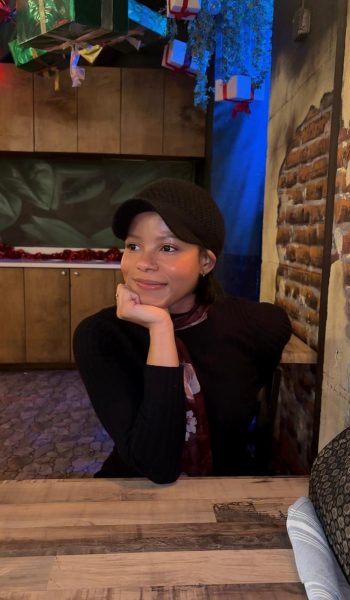As Buddha proposes, “right perspective is no perspective or all perspectives.”
This quote expresses that the ‘right’ way to perceive something is to view it from all angles or none, meaning omitting the formation of a rigid opinion.
Perspective can be defined as a mental view, the way parts of subjects are seen in relation to one another, or as the ability to gauge relative importance. It is the concept of viewing an object or an experience through our lenses of the world. It is the angle at which something is perceived — whether it’s a person, place, thing, or circumstance can be drastically different depending on the observer.
The observer is not inherently perfect, and will see things from their point of view and what resonates with them the most at that current time. Ideologies of how things are ‘should be’ limit our views. Expanding our perspective supplies freedom from these constraints.

Artists utilize perspective to add depth and realism to their pieces. For instance, imagine a painting of a town — the buildings that are further away would be painted smaller than those that are supposed to be closer. This technique creates a sense of space between the objects.
There are a few different techniques to convey the impression of distance. Linear perspective involves creating the illusion of depth on a flat surface by making objects appear smaller as they recede into the distance and the parallel lines that create them ultimately merge into a vanishing point.
An aerial perspective creates a feel of depth by simulating the atmospheric effects on distant objects, for instance, a mountain further away would be lighter and less detailed than the ones depicted nearer.
Spiritual leader Guru Ravi Shanker advises seeing life from a broad perspective, explaining that mistakes happen through ignorance, not intention.
If we don’t attempt to utilize perspective, everything will feel immutable with no space to go further. The convergence of parallel lines used to create perspective is the same as the conjoining of different analogous beliefs, that if we’re open to considering, can change our view of a circumstance.
When an artist crafts a piece that displays perspective, at a certain point they will step back to evaluate if the distance between the objects correctly displays their relative space. Their reevaluation can cause them to see the possible imperfections in their work and make alterations, or leave it as is.

The same can be said for life itself. People grow up with a multitude of differences: various regions of the world, cultures, religions, parenting styles, and general ideas of what’s socially acceptable in their provincial environments.
Every schema learned in these spaces makes up the prism of our mindsets. It’s only when we allow ourselves to view the confounding ideas with which others have grown up that we can obtain the full scope of how every situation relates to the next in some way shape or form.
Mental confinement keeps us stagnant. We should seek to add depth to the painting that is our life, and experiences can bring perspective. At times, life can feel like an inescapable nightmare of our own design. A multitude of undesirable situations occurring simultaneously and since we’re experiencing them first-hand, they are the only view we see the clearest.
As the creators of our designs, we can change things to improve the overall quality and depth of our lives. To cultivate a sense of perspective is to pick up the paintbrush and be open to creating anything — to invite the vastness of the world into our consciousness. Artists must practice the use of perspective in their work, and here are some practices we can do to help expand our view and see beyond our lenses:
Nature
Nature is very inspiring and grounding, and overall is beneficial for mental health. It can also provide us with perspective. The grandness of the landscapes – oceans, mountains, vast forests – in comparison to us reminds us of how small our daily stressors may be in the grand scheme of life. The ever-changing and evolving manner of nature demonstrates how even current challenges are bound to change, and being open to the change will make us resilient.

Introspection
Self-reflection involves contemplating our thoughts and experiences. Through introspection can we notice patterns and biases that need altering, opening us up to new ways of thinking. Get creative with how we reflect on ourselves. Journaling, drawing, and painting are all ways to analyze inner thoughts and bring clarity to our perspective. When we allow ourselves the openness to be creative, we welcome limitless possibilities for self-discovery.
Diversify
Engage with individuals from various backgrounds and who hold different viewpoints. Listening to their perspective challenges us to reframe how we view our circumstances based on how others perceive them. It introduces us to new insights and cultural perspicuity that enriches our mindsets.
Travel
When feasible, travel. Traveling can bring us out of the narrow scope of our circumstances long enough to see it while in a different headspace and environment. Assess things from a broader angle. The space away from the fixed point allows for total acknowledgment of how different angles impact a situation in its totality.
Time
Consider how time can transform the way we view a situation — what seems overwhelming today may prove trivial or even valuable in hindsight. When we ruminate on the fleeting nature of emotions and circumstances, we learn to approach challenges with more patience.
Taking things day by day and giving them time and space to breathe will reveal overlooked insights.
Removing limitations on our perspectives unlocks deeper understanding and growth. I consciously choose to consider others’ points of view, it allows me to take a step back, see more of the big picture, and make balanced and informed decisions.
If two people were told to view a painting and interpret its meaning, their unique perspectives would create the experience. Factors like their current disposition and personal background would influence what aspects of the artwork draw their attention and how they may interpret it.

Without any prior knowledge of the artist’s intent, how does this painting make you feel? Consider the colors and subjects that catch your eye and reflect on the emotions they bring you and the story you see unfolding. Art allows us to look at a perspective from the lens of our perspective.
This painting, titled “Who Killed Cock Robin?” is inspired by the 18th-century English nursery rhyme of the same name, which tells the story of a robin’s untimely death and the roles each bird plays in his funeral, with the owl acting as the priest and sparrow confessing guilt as the ‘murderer’. With the context, how does this painting resonate with you?

The parable “The Blind Men and the Elephant” describes a group of blind men who heard of a large animal called an elephant and out of curiosity, all go to feel it. One man, feeling the side, thought an elephant was like a wall. Another, feeling the tusk, concluded that it was sharp and deadly like a spear.
Another, feeling the trunk, presumed it was like a snake, and so forth. Each man insisted on his own interpretation and argued over who was right, until deciding that if they consider all of their perceptions on their journey back home, they may find some resolution.
Consider this a gentle challenge: to venture beyond the confines of our familiar frames of reference, to see our lives from a new vantage point, and to embrace the vastness of experience as an artist does a blank canvas. In every connection, thoughtful reflection, and expedition into the unknown, may we draw inspiration to rethink, reshape, and deepen our perspective.
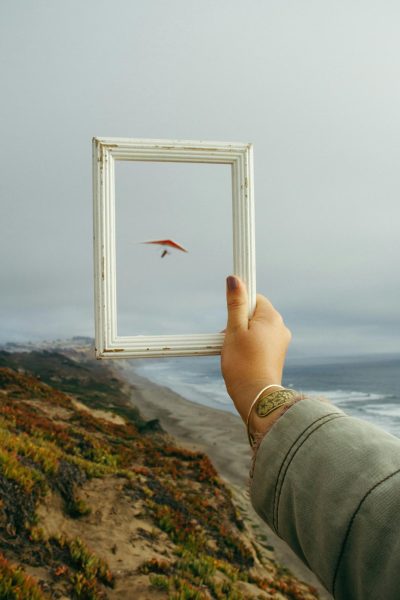
The beauty of shifting our mindset is undeniable; even in the worst of circumstances, there’s often a way to envision a favorable outcome. This malleability grants us inexhaustible access to positivity, revealing that even the most complex of times can reveal something valuable, if we’re willing to look at them from a different angle.


